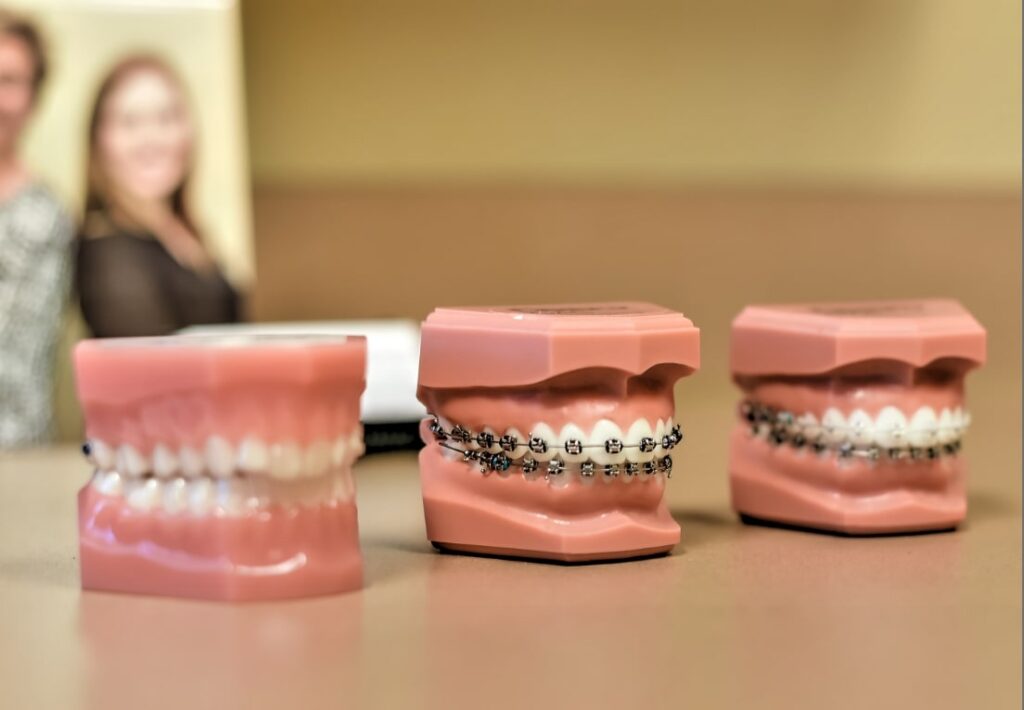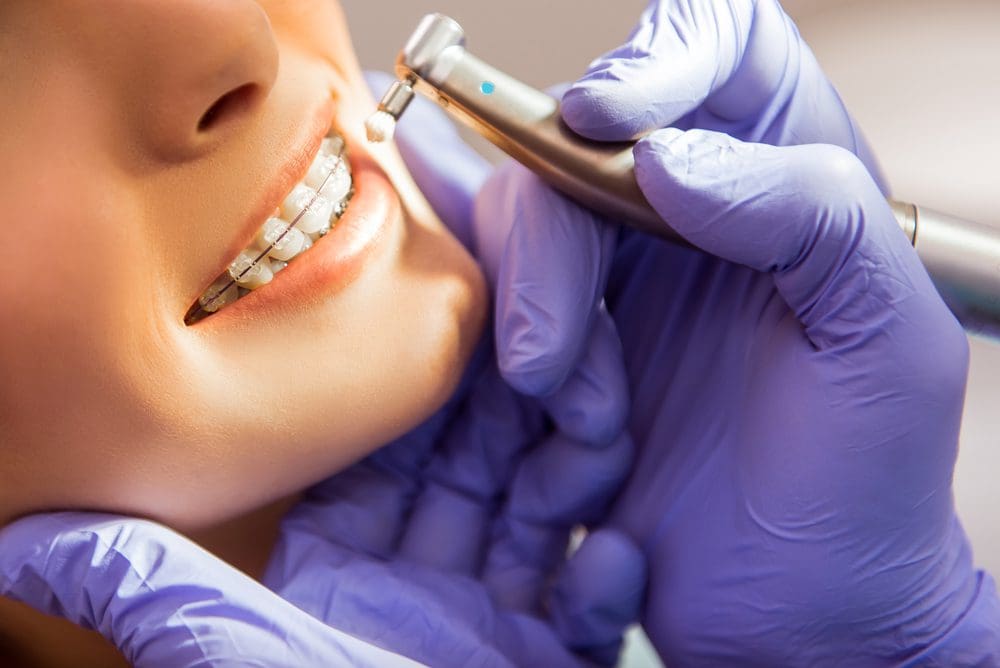How Cumming Orthodontics Addresses Common Braces and Invisalign Issues
How Cumming Orthodontics Addresses Common Braces and Invisalign Issues
Blog Article
Comprehensive Overview to Orthodontics Procedures for Fixing Oral Imbalances
Recognizing the details of each treatment, including their systems, advantages, and prospective disadvantages, is important in making educated choices concerning one's orthodontic treatment. As we navigate through the detailed overview to orthodontic treatments for correcting dental misalignments, the complex information of each approach will certainly unfold, losing light on the path towards a functional and harmonious oral alignment.
Orthodontic Procedures Overview

Regular modifications and tracking are crucial parts of orthodontic treatment to guarantee development is on track and to make any type of needed adjustments along the means. By undertaking orthodontic treatments, individuals can not just attain a straighter grin yet additionally improve their overall oral health and wellness and feature.
Standard Dental Braces: Exactly How They Function
When thinking about orthodontic treatments for dental imbalances, traditional braces stand out as a reliable method for remedying teeth positioning. Conventional dental braces consist of braces, cords, and bands that work with each other to use constant pressure on the teeth, progressively moving them right into the desired placement.
One key facet of how traditional dental braces work is the procedure of bone improvement. As stress is related to the teeth with the dental braces, the bone surrounding the teeth is improved to support the brand-new tooth positions. This makeover is vital for the long-lasting security of the corrected positioning. People will certainly require normal changes at the orthodontist's workplace to ensure the braces remain to apply the correct pressure for effective teeth movement.
Invisible Aligners: Disadvantages and pros
Unnoticeable aligners offer a discreet and practical alternative to standard dental braces for correcting oral imbalances. These clear, tailor-made trays are virtually unnoticeable when put on, making them an enticing choice for people looking for a more aesthetically pleasing orthodontic therapy. One of the key advantages of undetectable aligners is their removability, permitting for easier maintenance of dental hygiene contrasted to standard braces. People can eliminate the aligners before consuming or cleaning their teeth, decreasing the threat of food obtaining stuck in the home appliance and simplifying the cleansing procedure.

Surgical Orthodontic Options
Surgical interventions in orthodontics present practical alternatives for resolving intricate dental misalignments that may not be successfully resolved through conventional orthodontic therapies. While unnoticeable aligners and traditional braces can deal with several orthodontic problems, specific cases require medical treatment to accomplish optimal outcomes. Surgical orthodontic alternatives are normally suggested for severe malocclusions, significant jaw disparities, and instances where the underlying bone structure needs alteration to attain appropriate positioning.
One typical surgical orthodontic procedure is orthognathic surgery, which entails repositioning the jaws to deal with useful issues such as difficulty speaking or eating. This surgical treatment is typically performed in cooperation with an orthodontist who helps align the teeth prior to and after the treatment. Surgical orthodontics may also entail procedures to reveal affected teeth, remove excess periodontal tissue, or reshape the jawbone to produce a more harmonious facial account.
Prior dentist around my area to thinking about surgical orthodontic alternatives, patients undertake an extensive examination to identify the need and possible benefits of such interventions. cumming orthodontics. While surgery may appear difficult, it can dramatically improve both the function and visual appeals of the smile in situations where standard orthodontic treatments fail
Retainers and Post-Treatment Care

Post-treatment Recommended Reading care includes adhering to the orthodontist's guidelines vigilantly. This may include appropriate dental hygiene practices, going to follow-up visits, and using the retainers as suggested. Failing to abide by post-treatment care directions can result in regression, where the teeth slowly move back in the direction of their initial placements. Constant retainer wear, good oral hygiene, and regular dental check-ups are important for preserving the results achieved through orthodontic surgery and guaranteeing the long-term stability of the corrected oral placement.
Final Thought
In final thought, orthodontic treatments use various alternatives for fixing oral misalignments. Surgical orthodontic alternatives are available for extra severe imbalances. Overall, orthodontic treatments can effectively boost dental health and wellness and visual appearance.
As we browse with the thorough guide to orthodontic treatments for fixing oral misalignments, the intricate information of each approach will unravel, losing light on the course toward a unified and practical oral positioning. - orthodontist
One of the most usual orthodontic treatments is the usage of braces, which are composed of metal braces and wires that apply mild pressure to progressively shift teeth right into the desired setting.When thinking about orthodontic therapies for oral imbalances, traditional braces stand out as a tried and true approach for dealing with teeth placing. Additionally, unnoticeable aligners might not be appropriate for intricate orthodontic issues that require more significant teeth movement, as they are normally advised for light to modest cases. Retainers are custom-made orthodontic gadgets created to hold teeth in their corrected positions after the conclusion of orthodontic therapy.
Report this page